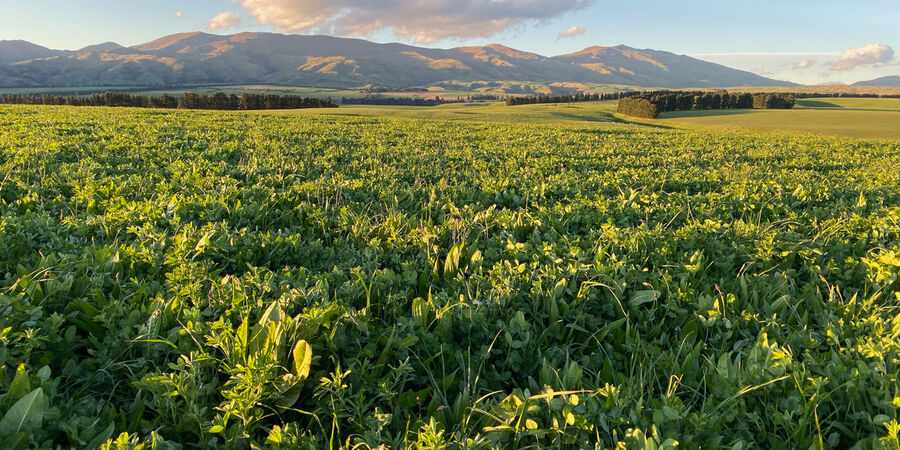
If you don’t know what you stand for, you’ll fall for anything.
Selecting the right species, cultivars and their respective sowing rates can be a daunting exercise for farmers who are often inundated with information, much of it conflicting. In recent years the trend of including over 20 species in mixes, broadcasted by advocates of what has been labelled “Regen Ag” has added another level of complexity to any farmer's decision making process.
The reality is many of New Zealand’s farming systems have been operating in a truly regenerative capacity for over four decades!
At Catalyst, we stand for something- science and best practice. We believe the ground-breaking work completed by our universities, researchers, and plant-breeders over the last century can’t be ignored. The NZ agricultural industry is a global leader for a reason - our farmers are progressive and willing to adopt the science. And, the science is robust and specific in defining what species work in NZ’s unique environment.
When our agronomists formulate pasture mixes, they like to talk about 'rational diversity.' That is, the use of six to ten proven cultivars in a mix that is fine tuned to the environment and the farm system, based on sound science. We also consider the commercial and environmental results achieved across our customer base and further afield through the industry before recommending a certain species, or any combination.
There is a well-defined principle in ecology that also needs to be factored into considerations: When a diverse mix of species is sown, irrespective of sowing rate, the sward will always revert to the 70:20:10 rule. That is 70% of the sward biomass will be occupied by one dominant species, 20% will be occupied by one sub-dominant species and final 10% will be occupied by all the other species. As agronomists, we pride ourselves on understanding what species will be dominant, based on the environment, and what management practices will encourage the establishment of the secondary and tertiary species.
We also need to be certain that desirable commercial traits of a given cultivar will be expressed if they occupy the secondary or tertiary ecological niche, and that’s where the science becomes paramount.
Perennial, hybrid, and Italian ryegrass, white, red, subterranean and Persian clover, tall fescue, cocksfoot and lucerne, to name a few, give us an almost endless selection of pasture mix options. Plant-breeders have done a remarkable job with interspecies crosses, endophytes and selecting for desirable traits, producing cultivars within this group of species that offer enhanced performance and complementarity when sown in rationally diverse swards.
So, what do you stand for? Sometimes this can be difficult to define amidst the ambiguity associated with legislative change and conflicting commercial agendas. Here at Catalyst Performance Agronomy, we think it’s time the industry went back to first principles and simplified its approach. All too often, advocates of diversity, in a broader sense leverage on the emotion and confusion that has been thrust upon the industry by external factors such as climate change and legislative changes. We take it upon ourselves to separate the platitudes and emotive catch phrases from the real data based on sound science.
If you don’t know what you stand for, you’ll fall for anything.
Words by Patrick Davis, CEO Catalyst Performance Agronomy.